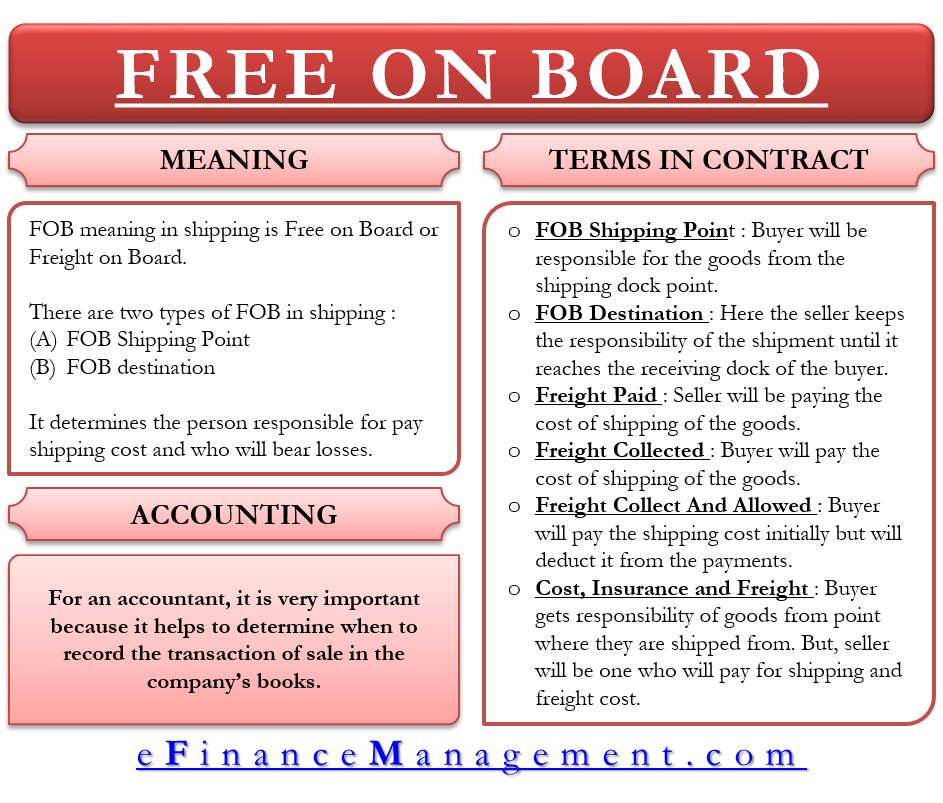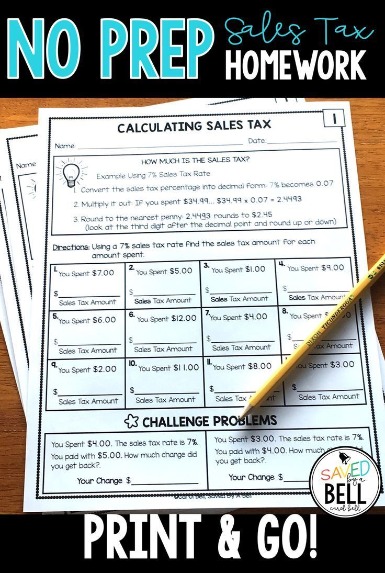
However, in practice there exist differences between the two balances and we need to identify the underlying reasons for such differences. You will know about such information only when you receive the bank statement at the end of the month. Your bank may collect interest and dividends on your behalf and credit such an amount to your bank account.
Step 2: Compare the deposits and withdrawals
Hence, at the end of each month, the first thing to do is to consult the bank reconciliation statement prepared at the end of the previous month. Similarly, if a businessman deposits any checks on the last day of the month, these cheques may be collected by his bank and shown on his bank statement three or four days later. It’s a good idea to reconcile your checking account statement (or at least give it a careful look) when you receive it each month. One reason is that your liability for fraudulent transactions can depend on how promptly you report them to your bank. These businesses can inadvertely make errors in counting money and issuing change to customers.
B2B Payments
This happens due to the time lag between when your business deposits cash or a cheque into its bank account and when your bank credits the same. It’s important to perform a bank reconciliation periodically to identify fraudulent activities or bookkeeping and accounting errors. This way, you can ensure your business is in solid standing and never be caught off-guard. There are bank-only transactions that your company’s accounting records most likely don’t account for. These transactions include interest income, bank deposits, and bank fees. Non-sufficient funds (NSF) checks are recorded as an adjusted book-balance line item on the bank reconciliation statement.
Format of Bank Reconciliation Statements
There are times when your business entity deposits a cheque or draws a bill of exchange discounted with the bank. However, such deposited cheques or discounted bills of exchange drawn by your business entity get dishonored on the date of maturity. At times, you might give standing instructions to your bank to make some payments regularly on specific days to the third parties. For instance, insurance premiums, telephone bills, rent, sales taxes, etc are directly paid by your bank on your behalf and debited to your account. All of your bank and credit card transactions automatically sync to QuickBooks to help you seamlessly track your income & expenses.


When you compare the balance of your cash book with the balance showcased by your bank passbook, there is often a difference. If not, you’re most likely looking at an https://www.kelleysbookkeeping.com/ error in your books (or a bank error, which is less likely but possible). If you suspect an error in your books, see some common bank reconciliation errors below.
Autonomous Finance Platform
At times, your business entity may omit or record incorrect transactions for cheques issued, cheques deposited, the wrong total, etc. As a result of such direct payments made by the bank on your behalf, the balance as per the passbook would be less than the balance as per the cash book. Thus, such a situation leads to the difference between bank balance as per the cash book and balance as per the passbook. When your business issues a cheque to its suppliers or creditors, such amounts are immediately recorded on the credit side of your cash book.
In the event that something doesn’t match, you should follow a couple of different steps. First, there are some obvious reasons why there might be discrepancies in your account. If you’ve written a check to a vendor and reduced your account balance in your internal systems accordingly, your bank might show a higher balance until the check hits your account. Similarly, if you double entry definition were expecting an electronic payment in one month, but it didn’t actually clear until a day before or after the end of the month, this could cause a discrepancy. The analytics review approach can also reveal fraudulent activity or balance sheet errors. In this case, businesses estimate the amount that should be in the accounts based on previous account activity levels.
- A bank reconciliation statement is a document prepared by a company that shows its recorded bank account balance matches the balance the bank lists.
- Everything listed on the bank statement should be included in your records and vice versa.
- If your beginning balance in your accounting software isn’t correct, the bank account won’t reconcile.
- If there are receipts recorded in the internal register and missing in the bank statement, add the transactions to the bank statement.
- The frequency of reconciling bank statements depends on the size and complexity of the business and its transaction volume.
- Compare the balance sheet’s ending balance with the bank statement’s ending balance.
Variances between expected and actual amounts are called “cash-over-short.” This variance account is kept and reconciled as part of the company’s income statement. Reconciliation is an accounting procedure that compares two sets of records to check that the figures are correct and in agreement. Reconciliation also confirms that accounts in a general ledger are consistent and complete. Some banks now let you view your bank statements right from QuickBooks. This is especially useful if you’re reconciling accounts for multiple clients, or reconciling several statements for the same account.
When you reconcile an account in QuickBooks, you compare what you recorded with your bank statement to make sure everything matches. When you finish reconciling accounts, QuickBooks automatically generates a reconciliation report. It summarizes the beginning and ending balances, and it lists which transactions were cleared and which were left uncleared when you reconciled. This report is useful if you have trouble reconciling the following month. When reconciling an account, the first bit of information you need is the opening balance. If you choose to connect your bank and credit cards to your online account, QuickBooks will automatically bring over transactions and also the opening balance for you.
Once you’re done, you should see a difference of $0, which means your books are balanced. The reconciliation prepared by the accountant appears in below example. Any other items (such as NSF checks or collected notes) on the statement should be identified. Matching the payment to an invoice can be challenging if the payments are ongoing, so it’s important to reference payments to an invoice number so you can easily identify a double payment.
Businesses and individuals may reconcile their records daily, monthly, quarterly, or annually. The first step in bank reconciliation is to compare your business’s record of transactions and balances to your monthly bank statement. Make sure that you verify every transaction individually; if the amounts https://www.kelleysbookkeeping.com/what-are-balance-sheets-and-classified-balance/ do not exactly match, those differences will need further investigation. Most importantly, reconciling your bank statements helps you catch fraud before it’s too late. It’s important to keep in mind that consumers have more protections under federal law in terms of their bank accounts than businesses.